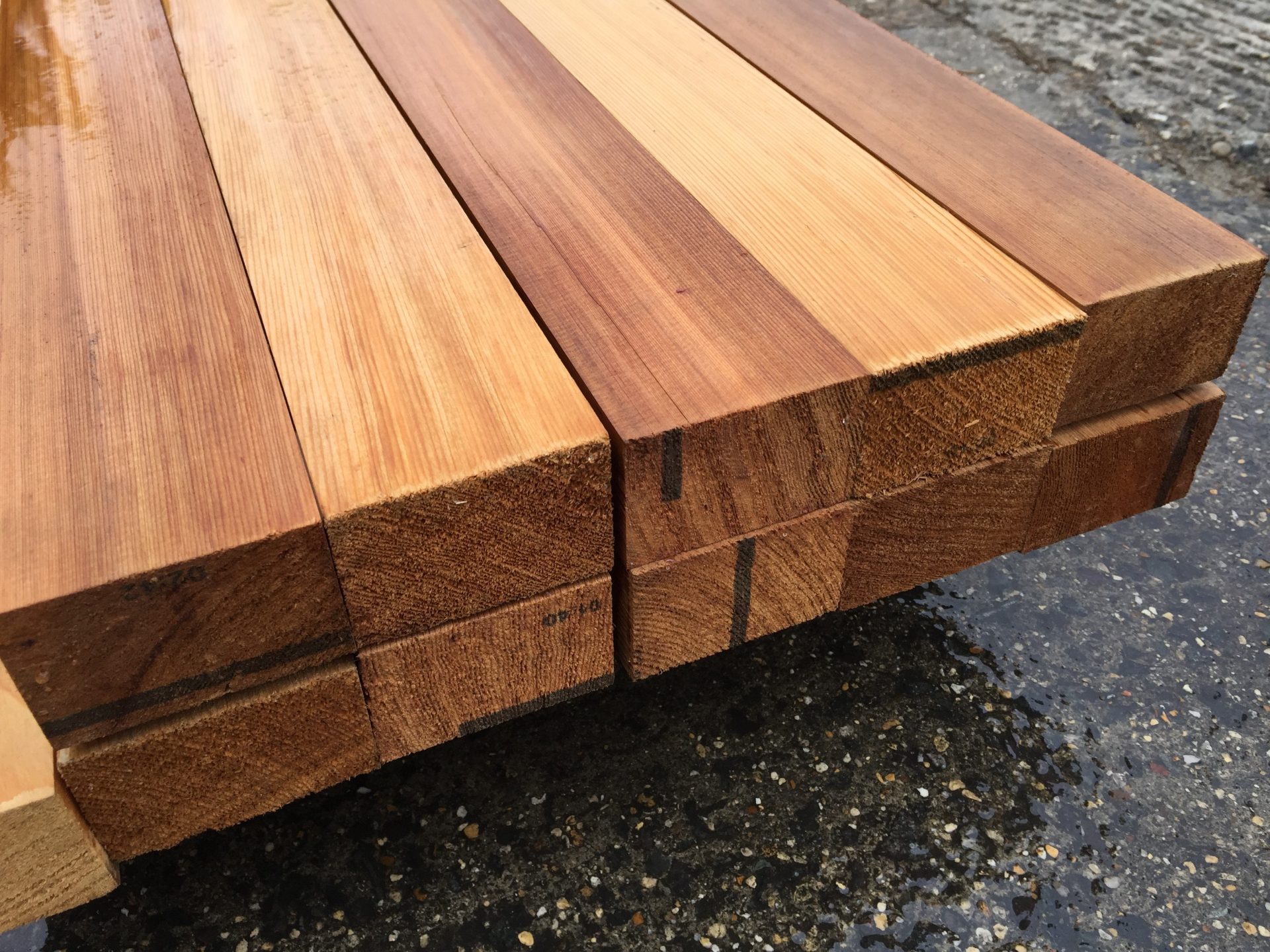Last Updated on April 30, 2024 by Jawad Ali
Wood has played a dominant role in the evolution of human civilisation right from the time we stopped roaming and settled down. From acting as our only source of fire to being used for weapons and building constructions, you will find wood ubiquitous throughout the human timeline.
The influx of the concrete era marked a new beginning in the construction sector, but this didn’t act to reduce the use of wood as even in the modern age when we have a wide array of options, wood is being used on an enormous scale for furniture, flooring and many other purposes.
Although you will find endless varieties of wood on websites and markets, the most popular and used wood is red cedar, especially western red cedar. Red cedar is a versatile and resilient wood used in interior and exterior building applications. It is considered one of the most valuable woods found on the planet because of its durability, unique colour and texture.
If you have been trying to learn more about red cedar, you have come to the right place. Here, we have discussed everything you need to know about red cedar.
The Red Cedar Rich Areas
One of the first things you should know about western red cedar is that it tolerates shade and may be found in various cold, humid and temperate climates. Low to mid-level elevations along British Columbia’s coast is ideal for red cedar growth.
The most famous western red cedar, usually found in mixed species, stands with western hemlock, Sitka spruce, and Douglas-fir, and it usually grows with western larch and Engelmann spruce located at higher elevations. One of the unique things about the western red cedar is its root. The root of the western red cedar tree is wide-spreading and shallow, and it is considered one of the strongest root systems.
What Are the Most Commonly Identifiable Characteristics of Red Cedar?
The red cedar trees can grow up to 60 metres tall, and that’s why it has been put in the medium to large category trees. It usually has a diameter of 2.5 metres and a fantastic lifespan of almost one thousand years. The trunk of the red cedar trees has crowns, and the irregularity of these crowns keeps increasing over time.
The bark of the red cedar tree has a grey shade, and it keeps tearing off in wide and long strips as trees age. Because the tree takes much time to grow, it is one of the most expensive woods on the planet.
You will be surprised to know that the wood of fallen western red cedar trees remains in its pristine condition for more than 100 years since it has a natural ability to resist any decay and rot, which is why red cedar is the most precious wood in the woodworking industry.
What Is Western Red Cedar Used For?
Here are some of the most common uses of red cedar cladding-
- Red cedar is one of the most durable wood species, and it doesn’t require any artificial application to become long-lasting. This means that all the quality red cedar cladding contains ingrown preservatives in the heartwood that helps in keeping rotting, insects and decay at bay. Because of these natural properties, there is no need to pressure-treat the red cedar cladding to give it a longer lifespan for any exterior application.
- It is just a myth that western red cedar cladding is not structural. Red cedar can still be quite structural even though it may not have a great load-bearing capacity and may not be as sound as you imagine, especially when compared to other wood species like Hemlock and Douglas. It is highly stable and durable, and perfect for outdoor applications.
- Because there is no need to treat red cedar artificially, and it can last longer and keep decay and rotting at bay, it is always considered for every kind of outdoor use. Western red cedar is used for decking, outdoor structures, soffits and panelling.
Conclusion
Western red cedar is considered the most valued prize in the woodworking industry for a reason, and it is also one of the most aesthetically appealing woods found in the North American region.
Red cedar might be challenging on your wallet, but since it has one of the most aesthetically appealing appearances and has the natural ability to keep decay and rotting at bay, you can go for red cedar for any application without any second thoughts.

